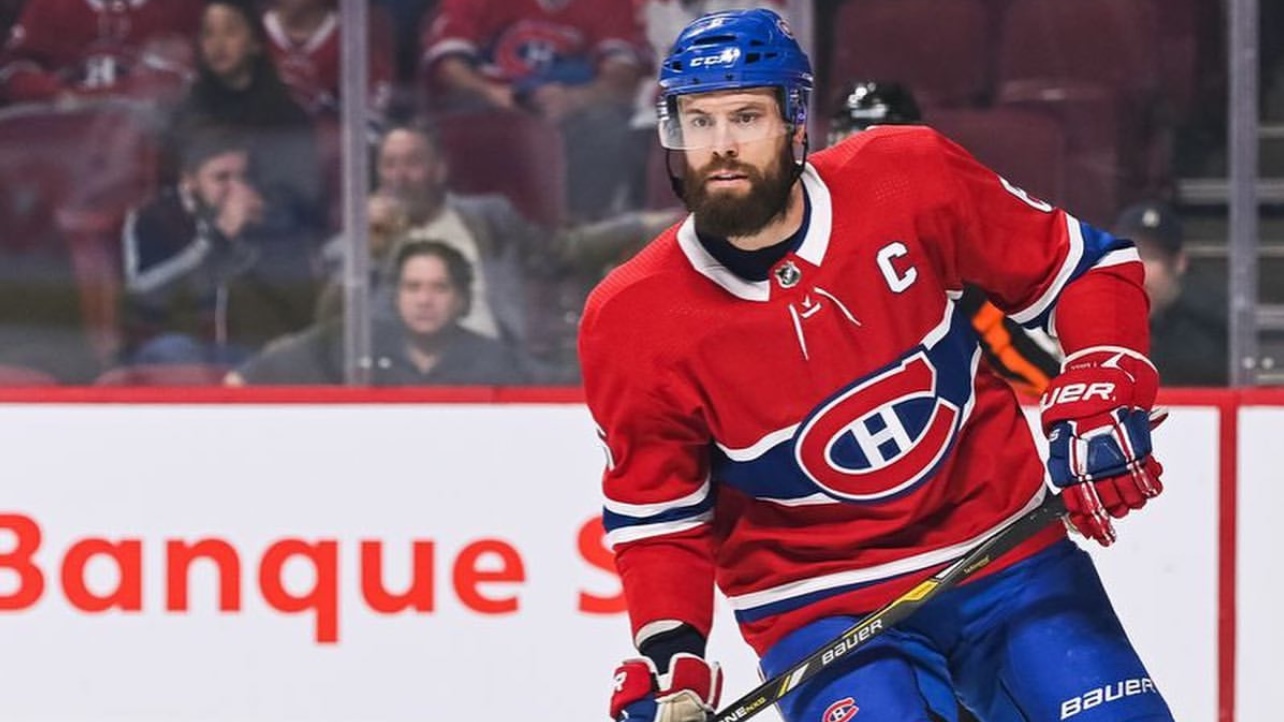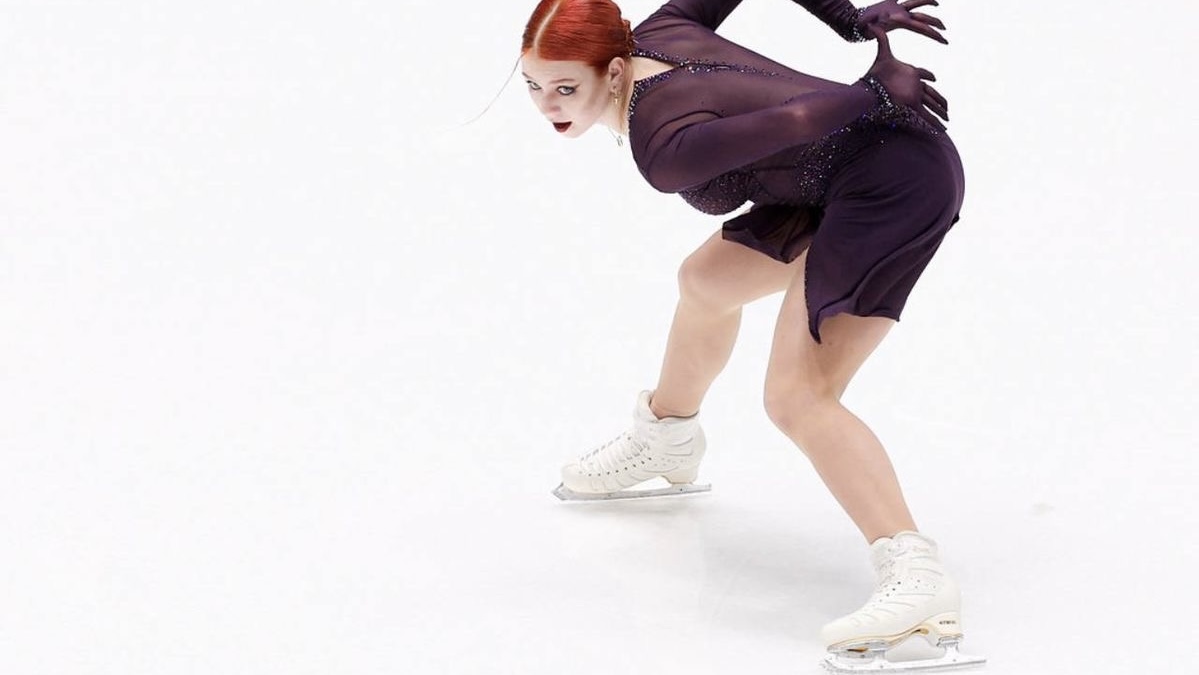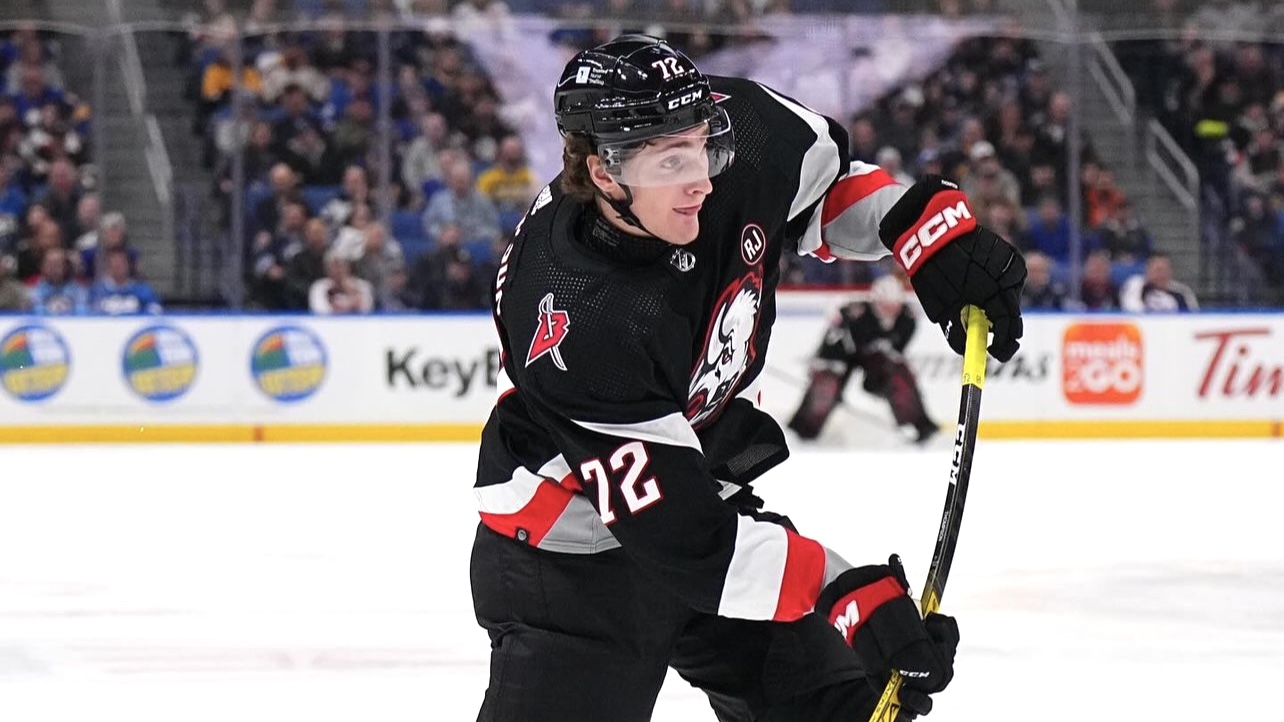January 15, 2025
Alexandra Trusova Expecting a Child
April 04, 2025

Shea Weber © Instagram / athletes_otd
The slapshot is hockey’s most electrifying weapon—a thunderous blast that can send a puck flying at over 100 miles per hour. For NHL players, it’s not just a shot; it’s an art form honed through years of practice and instinct. From legends like Bobby Hull to modern snipers like Alex Ovechkin, the slapshot has defined game-changing moments. Mastering it requires a blend of power, precision, and timing. Here’s how the pros do it, with technique tips straight from the ice’s biggest stars.
A great slapshot starts before the stick even touches the puck. “Your stance is everything,” says Shea Weber, whose blistering 108.5 mph slapshot at the 2015 NHL All-Star Skills Competition remains legendary. Weber advises planting your feet shoulder-width apart, with your body angled slightly toward the target. The back foot should bear most of your weight to anchor the shot, while the front foot points where you want the puck to go.
Grip matters too. Steven Stamkos, a Tampa Bay Lightning star known for his one-timer prowess, emphasizes keeping your bottom hand loose but firm—about halfway down the stick. “Too tight, and you lose flex; too loose, and you lose control,” he says. The top hand locks the stick in place, guiding the direction. This balance lets the stick do the work, amplifying power through its natural bend.
The wind-up is where the magic begins. “It’s like a golf swing—you’ve got to load up,” explains Chicago Blackhawks legend Bobby Hull, whose slapshot topped 118 mph in his prime. Hull’s tip: bring the stick back to at least chest height, keeping your eyes on the puck. The higher the wind-up, the more potential energy you store, but don’t overdo it—too high, and you sacrifice accuracy or telegraph the shot to goalies.
Alex Ovechkin, the Washington Capitals’ goal-scoring machine, adds a modern twist. He shifts his weight to his back leg during the wind-up, coiling his body like a spring. “It’s not just arms—it’s hips, core, everything,” he says. This full-body engagement generates torque, turning the stick into a whip that unleashes explosive force.
The secret to a slapshot’s speed lies in the stick’s flex—the way it bends under pressure. “You’ve got to feel the stick load and release,” says Nashvillethe Nashville Predators’ P.K. Subban, a defenseman with a cannon of a shot, explains. Modern sticks are rated by flex numbers (e.g., 85 or 100), indicating how much force (in pounds) it takes to bend them an inch. A lower flex (softer) stick bends more easily, ideal for smaller players, while a stiffer stick suits power shooters. Subban suggests hitting the ice an inch or two behind the puck to maximize flex—when the blade strikes, the stored energy catapults the puck forward.
Stamkos stresses timing the contact. “You don’t just smash it—you sweep through,” he says. The blade should brush the ice, then snap the puck with a flick of the wrists, keeping the follow-through low for accuracy or high for elevation.
A powerful slapshot is useless if it misses. “Pick your spot,” advises Weber. NHL goalies are lightning-quick, so aim for corners—top shelf or five-hole (between the legs). Ovechkin’s signature move is targeting the far side off one-timers, using his body position to disguise the angle. Practice hitting small targets, like a water bottle in the net, to train muscle memory.
Hull adds a mental tip: “Visualize the puck going where you want it.” Confidence is key—hesitation throws off timing. Watch game footage of yourself or pros to refine aim, noting how they adjust for goalie positioning.
The slapshot isn’t all technique—raw power matters. “Legs and core are your engine,” Subban says. Squats, deadlifts, and rotational exercises (like medicine ball twists) build the explosive strength needed to drive the shot. Weber credits off-ice stickhandling drills with a weighted puck to mimic game resistance, boosting wrist and forearm snap.
Mastering the slapshot takes repetition. Start slow—break it into parts (stance, wind-up, contact)—then combine them at half-speed, focusing on form. Gradually ramp up power, filming yourself to spot flaws. Stamkos suggests dryland practice: “Hit a tire or heavy bag to feel the flex without chasing pucks.” On ice, aim for 50-100 shots per session, varying angles and distances.
NHL stars agree: there’s no shortcut. “It’s hours, days, years,” Ovechkin says. But when that puck rockets past the goalie, the roar of the crowd makes every rep worth it. From Hull’s thunderbolts to Weber’s howitzers, the slapshot remains hockey’s ultimate thrill—master it, and you’ll own the ice.
By Vitalina Andrushchenko, Staff Writer

January 15, 2025
Alexandra Trusova Expecting a Child

October 28, 2024
Thompson Blasts NHL’s Hardest Shot in 4 Seasons!

December 26, 2024
2025 World Junior Championship Schedule